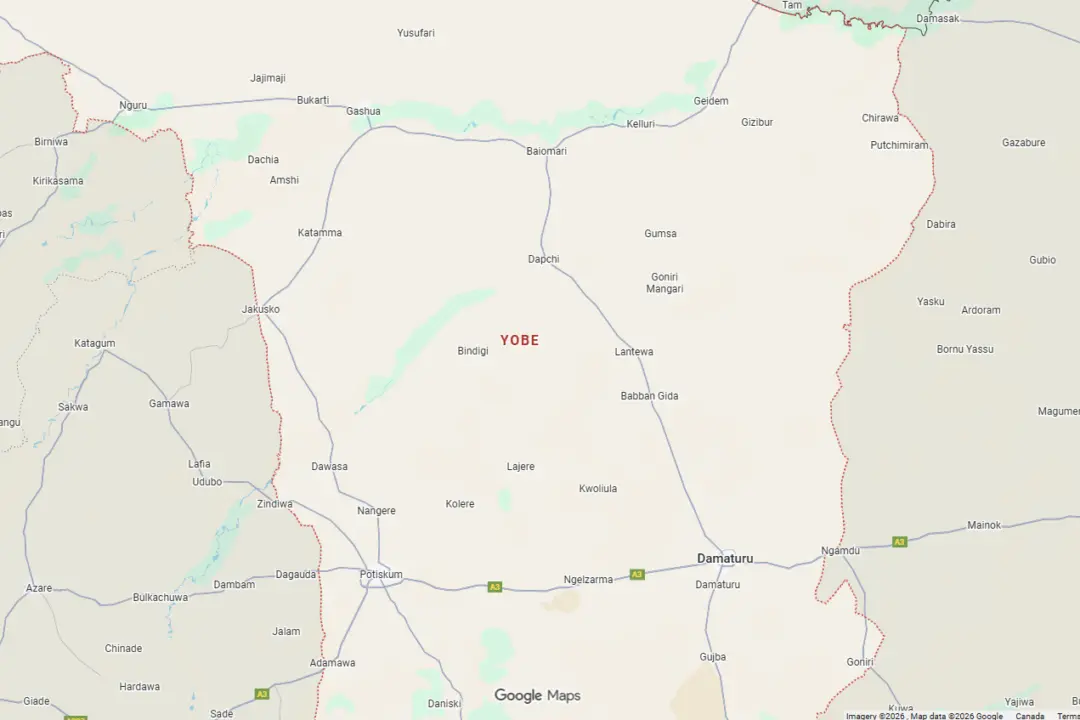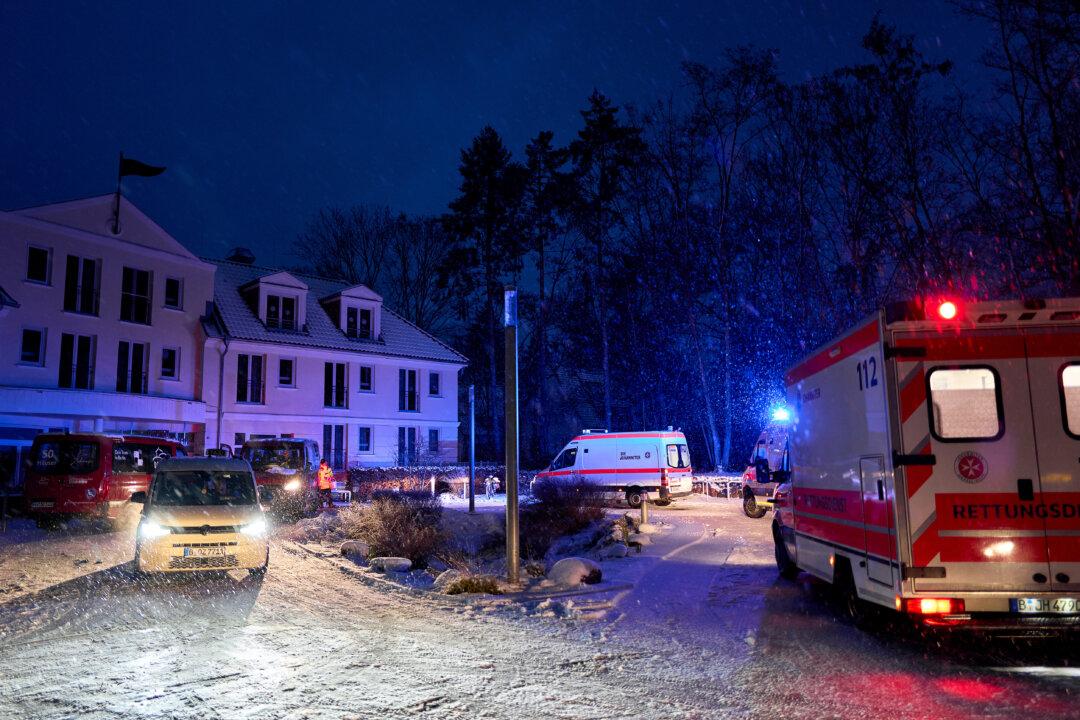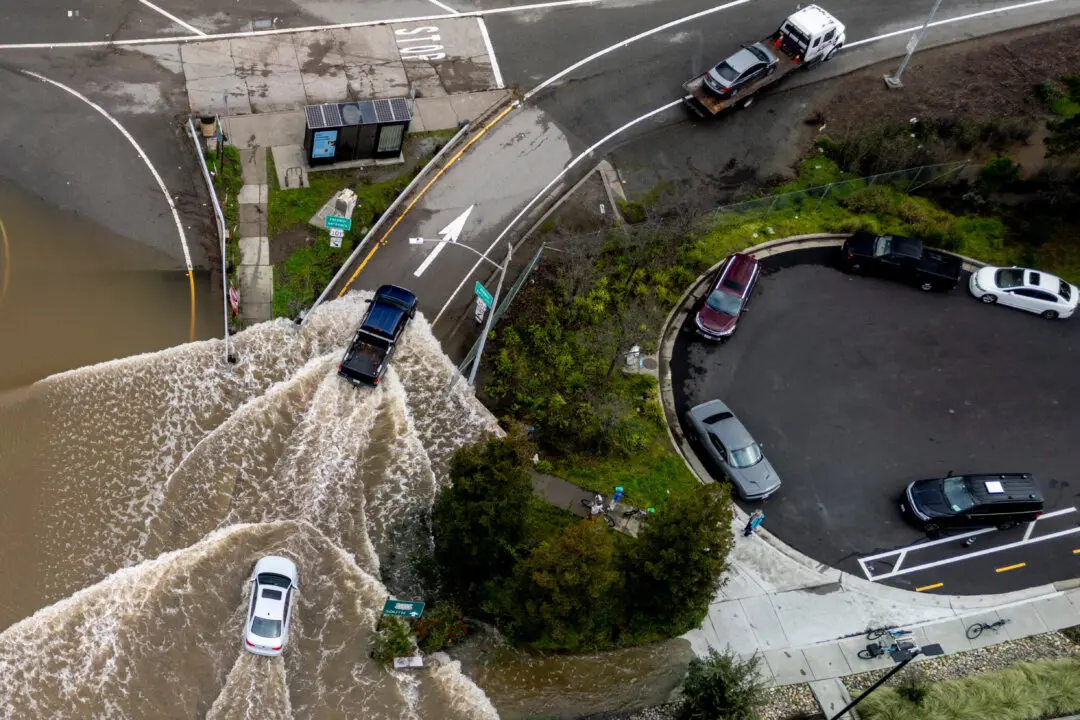NEW DELHI—For generations, the world’s cities have struggled to keep themselves safe.
“Wall Street Explosion Kills 30; Injures 300,” The New York Times’ front page proclaimed after a bomb ripped through New York City’s financial district. “Red Plot Seen in Blast.”
It was September 1920. The bomb was carried by a horse-drawn cart. The bombers, suspected to be Italian anarchists, were never caught.
There are times today when it can seem that back in some hazy bygone era—before a Monday evening bomb tore through a Bangkok temple, or train bombers terrorized Madrid in 2004, before two jetliners slammed into the World Trade Center on a clear September morning—the world was not so dangerous.
And in some ways the world is more deadly. Global networks of extremists can now launch attacks from Kenya to Iraq to suburban Washington, D.C., while modernity’s worst-case scenarios—nuclear or biological attacks, for example—can make that carriage-pulled Wall Street bomb seem like a toy.






